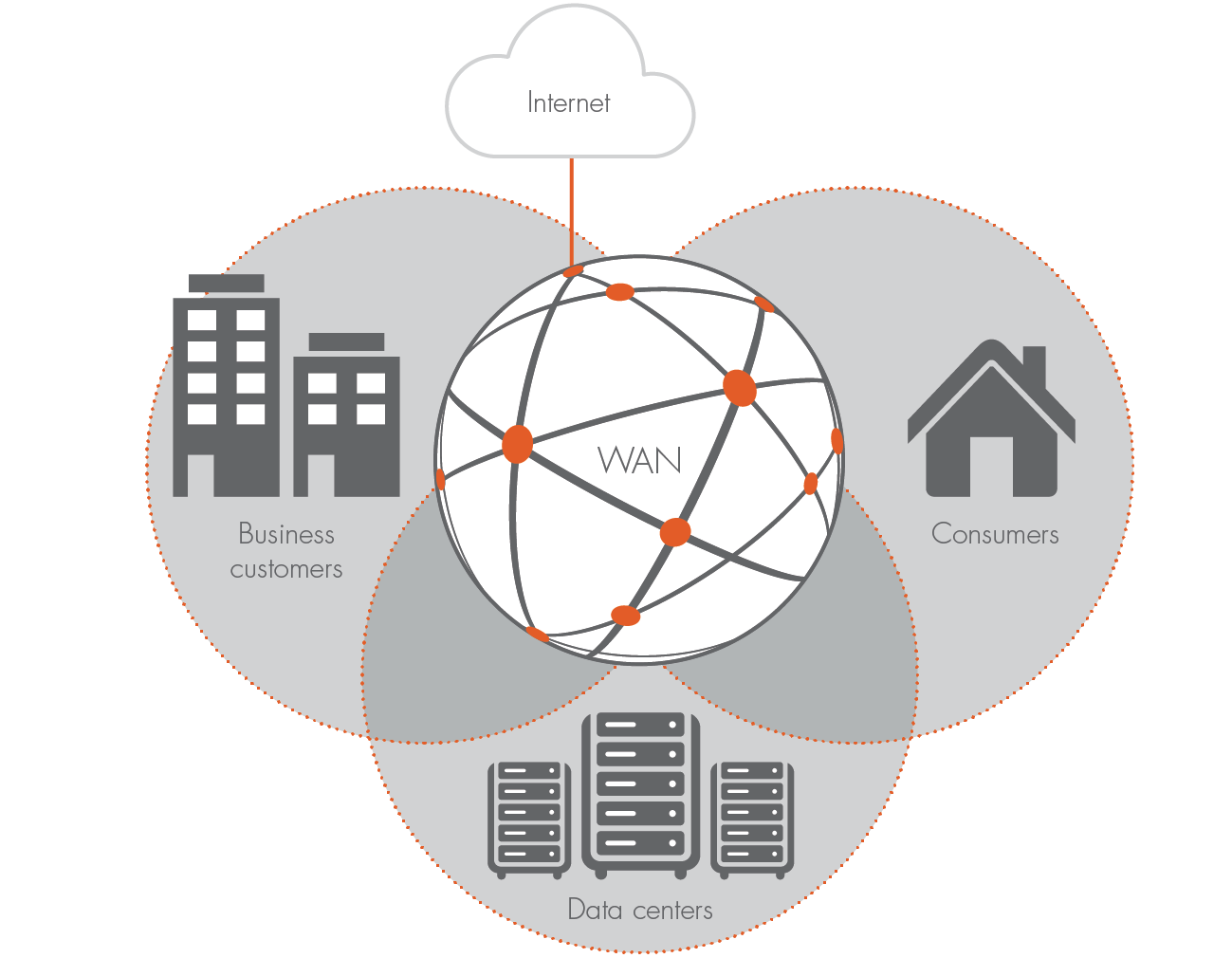Dell EMC Upgrades Flash in High-End Storage While Eyeing NVMe
When Dell acquired EMC in its massive $60 billon-plus deal last year, it boasted that Dell was inheriting a boatload of new technologies that would help propel forward its capabilities and ambitions with larger enterprises.
That included offerings ranging from VMware’s NSX software-defined networking (SDN) platform to VirtuStream and its cloud technologies for running mission critical applications from the likes of Oracle, SAP and Microsoft off-premises. In particular, Dell was acquiring EMC’s broad and highly popular storage portfolio, in particular the high-end VMAX, XtremeIO, and newer ScaleIO lineups as well as its Isilon storage arrays for high performance workloads.
Dell …
Dell EMC Upgrades Flash in High-End Storage While Eyeing NVMe was written by Jeffrey Burt at The Next Platform.
 Management cites ability to lower bit delivery costs.
Management cites ability to lower bit delivery costs. Verizon is already using the orchestrator.
Verizon is already using the orchestrator. This includes a new SDS solution for storing and analyzing streaming IoT data.
This includes a new SDS solution for storing and analyzing streaming IoT data. EBay is deploying Docker containers on OpenStack.
EBay is deploying Docker containers on OpenStack.
 Legacy players will want to complement their own tech through pure-play SD-WAN acquisitions.
Legacy players will want to complement their own tech through pure-play SD-WAN acquisitions.